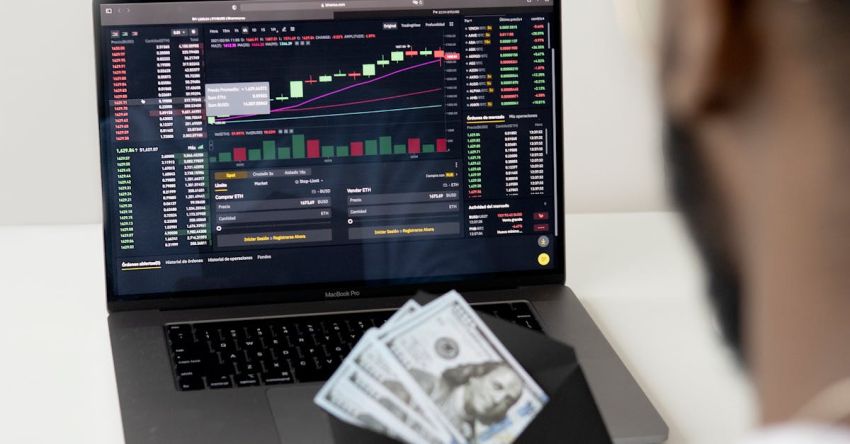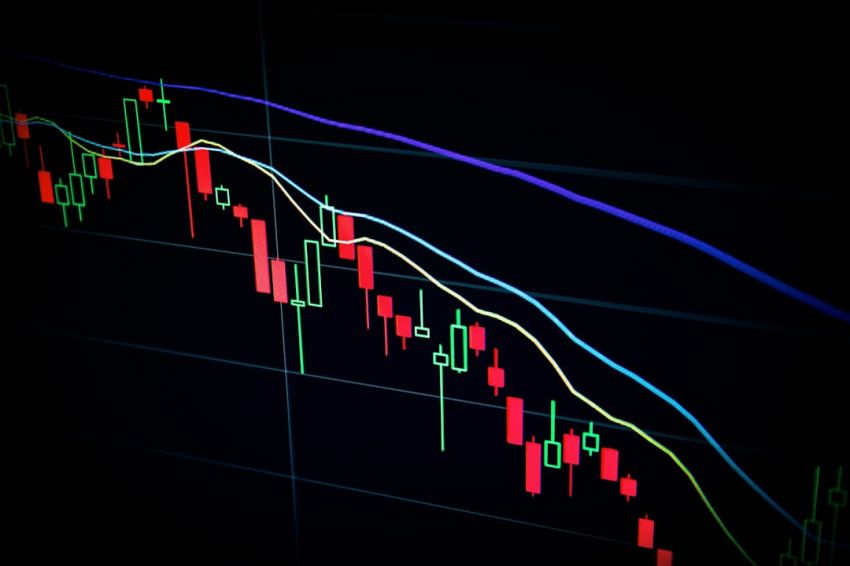Leverage is a powerful tool in the world of trading, offering traders the opportunity to amplify their exposure to financial markets using borrowed funds. Understanding how leverage works is crucial for anyone looking to navigate the complexities of trading successfully. In this article, we will delve into the concept of leverage, explore how it functions in trading, and highlight the risks and benefits associated with its use.
The Basics of Leverage
At its core, leverage involves using borrowed capital to increase the potential return on an investment. In the context of trading, leverage allows traders to control a larger position in the market with a relatively small amount of their own capital. This can magnify both profits and losses, making leverage a double-edged sword that requires careful consideration and risk management.
How Leverage Works in Trading
When a trader decides to use leverage, they borrow funds from their broker to open a position in the market. The amount of leverage available typically varies depending on the asset being traded and the broker’s requirements. For example, a leverage ratio of 1:50 means that for every $1 of the trader’s capital, they can control a position worth $50.
One of the key benefits of leverage is the ability to amplify potential profits. For instance, if a trader opens a leveraged position and the market moves in their favor, the returns on their investment can be significantly higher compared to trading without leverage. However, it is essential to remember that the same principle applies to losses – leveraging a position can also lead to larger losses if the market moves against the trader.
Risk Management and Margin Calls
Given the inherent risks associated with leverage, effective risk management is crucial when trading with borrowed funds. Traders must be mindful of their margin requirements, which represent the minimum amount of capital needed to maintain a leveraged position. If the market moves against a trader and their losses exceed the available margin, the broker may issue a margin call, requiring the trader to deposit additional funds to cover the shortfall.
Margin calls can be a significant source of stress for traders, as failing to meet the margin requirements can result in the broker closing out the position at a loss. To avoid margin calls and mitigate risks, traders should set stop-loss orders to limit potential losses and maintain a disciplined approach to managing their leverage.
Benefits of Leverage in Trading
Despite the risks involved, leverage offers several benefits for traders looking to maximize their trading opportunities. By using leverage, traders can access markets that would otherwise be out of reach due to capital constraints. This enables traders to diversify their portfolios and take advantage of market movements across a range of assets.
Additionally, leverage can enhance the efficiency of trading capital, allowing traders to allocate their resources more effectively. With leverage, traders can potentially achieve higher returns on their investments compared to trading with their own capital alone.
Navigating the Risks of Leverage
While leverage can offer significant opportunities for traders, it is essential to approach it with caution and a clear understanding of the associated risks. One of the primary risks of leverage is the potential for substantial losses, especially in volatile markets. Traders should carefully assess their risk tolerance and avoid overleveraging their positions to minimize the impact of market fluctuations.
Moreover, traders should be aware of the costs associated with using leverage, such as interest charges on borrowed funds and fees charged by brokers. These costs can erode profits and should be factored into trading strategies to ensure they remain viable in the long term.
In conclusion, leverage is a powerful tool that can amplify both profits and losses in trading. By understanding how leverage works, managing risks effectively, and implementing sound risk management strategies, traders can harness the potential of leverage to enhance their trading performance. Remember, while leverage can offer significant opportunities, it is not without risks, and prudent risk management is essential to navigate the complexities of trading successfully.










